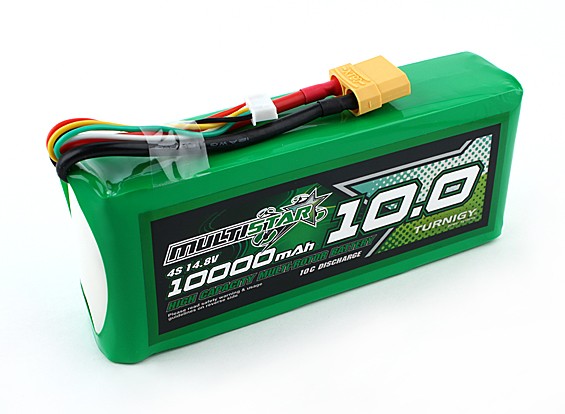Almost certainly it means nominal, and almost always 48v means 13s (52v means 14s). Fully charged it probably only takes 54v or so.Got an e-bike for cheap at a garage sale...however...no battery. I've been doing RC stuff for years so I figured I could handle it. The bike says "48V", but I have no idea if that is "nominal" (3.7v) or max. I decided to get a total of 15 Lipo cells (5 x 3S)
It may operate normally at higher voltage, but it's LVC (and any display/battery meter it may have) is probably setup for the lower voltage pack, with controller shutoff probably around 41-42v, so if you have no BMS on the pack to prevent overdischarge, you may need to monitor at least pack voltage manually and stop discharging above about 45-49v depending on how low the cells you have can safely go without stressing them.
What did you use for current limiting to prevent cell damage from overcurrent?I had a variac and some big caps laying around and obviously a rectifier. I set that to about 65 volts out. I charge it through a watt meter that shows me the voltage. Now if I let it go forever it will overcharge them a bit, so I'm always watching it. I go to about 63 volts (4.2v per cell).
What did you use for individual cell monitoring to ensure every cell remained under maximum voltage?
If it is going out of balance, the cells are not all the same characteristics (capacity, internal resistance, etc) and will never behave the same as each other. Using matched cells with the same characteristics will keep the pack balanced (all cells behaving the same) without an external balancer until the cells age enough to become different in characteristics.So now I'm thinking I could "split" the packs into 2 6S packs and a single 3S. My charger has dual 6S. So I could balance charge the two 6S packs at the same time and charge the other 3S with another charger or wait and do it on the same charger.
If any of that make sense or not, please advise. I'd like to charge it like I have been as one 15S pack, but it clearly needs a balancer to keep it in check.
Balancing unmatched cells will make them all the same *voltage* at some point in the charge or discharge curve, but doesn't make them the same capacity, etc. so the pack will still only ever perform as well as it's worst cell.
If you just want a whole-pack (15s) balancer, there are balancers for various chemistries, that can be used while charging or even left on the battery all the time if desired (like a BMS would be); you just have to pick one that is either programmable or is preset to the balance voltage you want all the cells to end up at. Each balancer channel also needs to be able to shunt the amount of current your power supply setup provides when the pack is at full charge. If it can't, then cells that are already full will continue to charge, albeit at a slower rate (by the amount of current the balancer *can* shunt) than the others.
Otherwise, splitting the pack and using the RC chargers in balance mode will work, with the complications of unplugging and plugging things and the potential risk of misconnections or damaged / failed / poor reconnections.


